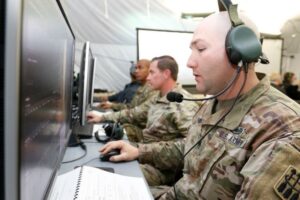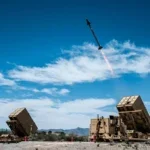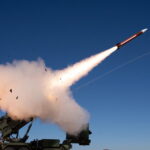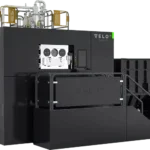
The Army’s Integrated Battle Command System (IBCS) was used to successfully defend the Washington, D.C., region against simulated cruise missile and compromised aircraft in recent demonstrations, showcasing additional system capabilities for the service’s future air and missile defense command and control platform. The Northrop Grumman [NOC]-developed IBCS, which achieved initial operational capability with the Army in the spring, was recently demonstrated using data from Army, Air Force, and Navy sensors. Northrop Grumman said with the testing in the National Capital…

 By
By 











